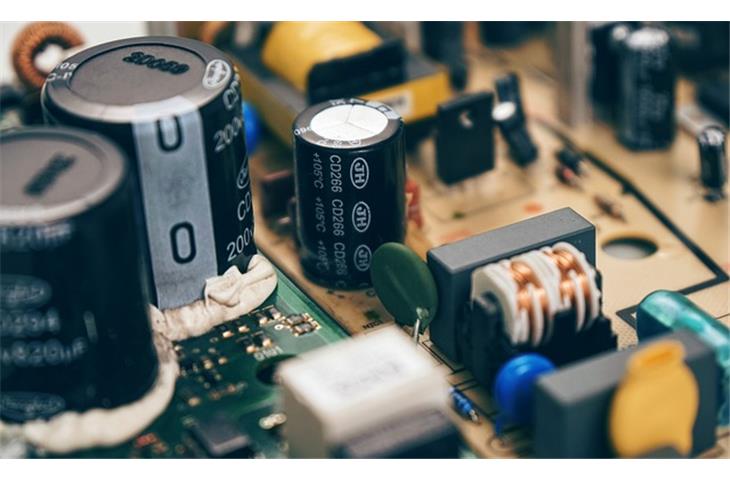In the electromedicine sector, the Capacitor Self-Destruction Device (CSD), a groundbreaking technology, has sparked substantial interest owing to its prospective utilities and consequences. This innovative apparatus is specifically engineered to deliberately eradicate capacitors, proffering an exceptional resolution for a spectrum of electronic systems. This discourse endeavors to explore the complexities of the CSD, elucidating its operating mechanism, advantages, and potential hurdles it poses.
I. Prerequisites for a Capacitor Self-Destruction Device

A. Compatibility with Diverse Capacitor Varieties

An integral prerequisite for a CSD is its capacity to accommodate myriad types of capacitors, encompassing electrolytic, ceramic, tantalum, among others, thus ensuring its utility across diverse electronic systems.
B. Adjustable Destruction Duration

The CSD ought to provide a modifiable destruction duration to accommodate varying applications. This attribute empowers users to regulate the timing of capacitor obliteration, consequently mitigating potential harm to adjoining components and guaranteeing a secure and regulated operation.
C. Minimize Impacts on Adjacent Components
To optimize the efficiency of the CSD, it needs to be architectured to nullify the influence on adjacent components. This implies curtailing electromagnetic interference, heat dispersion, and any other variables that might impede the overall functionality of the electronic system.
D. User-Friendliness Interface
A user-friendly interface is paramount for the CSD to ensure effortless operation and minimum training necessities. This could encompass attributes like intuitive controls, lucid visual and auditory feedback, and exhaustive documentation to aid user comprehension and utilization of the device.
II. Advantages of the Capacitor Self-Destruction Device
The CSD can be employed to eradicate defective capacitors, thereby augmenting the ultimate dependability of electronic systems. By discarding capacitors that could instigate system failures, the CSD aids in preserving the efficacy and lifespan of the system.
B. Economical Solution
Replacing defective capacitors can be costly, particularly in extensive electronic systems. The CSD provides a cost-efficient alternative, enabling users to annihilate flawed capacitors onsite, economizing time and resources.
C. Streamlined Maintenance Procedures
The CSD can streamline maintenance procedures by offering a straightforward methodology for pinpointing and eliminating defective capacitors. This permits technicians to promptly rectify potential issues, diminishing downtime and boosting productivity.
D. Enhanced Flexibility in Design
By integrating the CSD into electronic systems, designers acquire augmented flexibility in their design procedure. The capability to obliterate capacitors on-demand fosters greater adaptability and customization of systems to fulfill specific prerequisites.
III. Hurdles and Considerations
The CSD must be devised with safety at the forefront to circumvent accidents and damage to both personnel and equipment. This encompasses instituting appropriate safety protocols, such as isolating the device from the power source during operation.
B. Identifying Suitable Capacitors for Destruction
Identifying capacitors to obliterate is a complex exercise. It necessitates a profound comprehension of the system’s specifications and the specific complications linked with each capacitor. This obliges meticulous scrutiny and decision-making to assure the CSD is effectively deployed.
C. Minimizing Heat Dispersion
The CSD may engender heat during operation, which could potentially jeopardize surrounding components. Hence, it is imperative to engineer the device with efficacious heat dispersion mechanisms to avert any thermal-related issues.
D. Assurance of Compatibility with Established Systems
Integration of the CSD into established electronic systems may pose challenges due to compatibility concerns. Ensuring that the device is compatible with multiple systems and can be seamlessly integrated without necessitating considerable modifications to the existing infrastructure is vital.
In summation, the Capacitor Self-Destruction Device proffers a distinctive solution for electronic systems, delivering benefits such as augmented dependability, cost-effectiveness, and amplified flexibility. Nevertheless, addressing the assorted prerequisites and obstacles associated with the CSD is critical to ensure its triumphant implementation and utilization. By concentrating on compatibility, safety, and user-friendliness, the CSD can evolve into a invaluable instrument in the domain of electronics.
